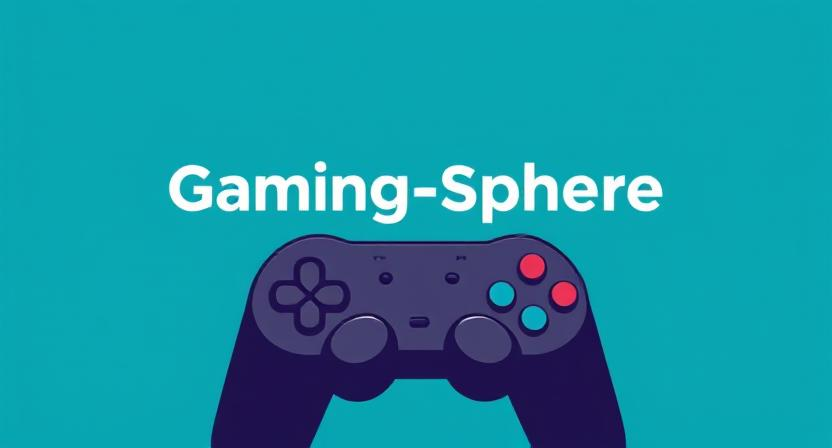Open-world games promise freedom—but how they deliver that freedom separates great design from frustrating sprawl. The best open-worlds balance player agency with meaningful structure, letting players explore without feeling lost or aimless.
Games like The Legend of Zelda: Breath of the Wild give players almost complete freedom after the opening. No strict quest order, no level gating—just systems that reward curiosity. The player writes their own story.
Elden Ring offers similar openness, but with opaque storytelling and hidden paths. Exploration is rewarded with powerful items, hidden bosses, and lore—but players must accept some confusion. It works because the world trusts the player to figure things out.
On the other hand, Ubisoft-style open-worlds often overwhelm with icons, checklists, and repetitive tasks. While there’s freedom on paper, the design guides players down pre-made paths, reducing organic discovery.
Key components of well-managed freedom:
- Environmental storytelling instead of quest logs
- Soft barriers (weather, enemy strength) instead of hard gates
- Emergent gameplay through systems (physics, AI, weather)
- Clear incentives without handholding
Too much freedom without direction creates decision fatigue. Too much structure kills exploration.
The best open-worlds strike a balance. They don’t just let players go anywhere—they make it worth going.


Leave a Reply